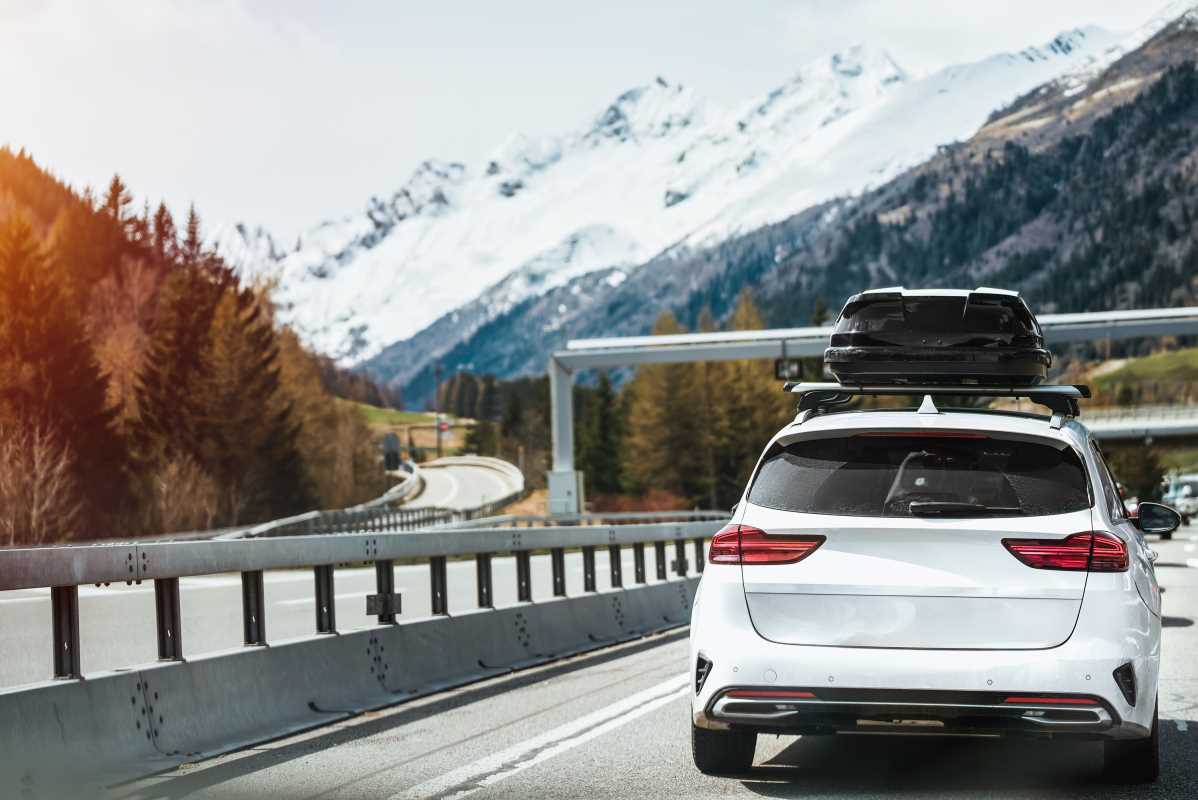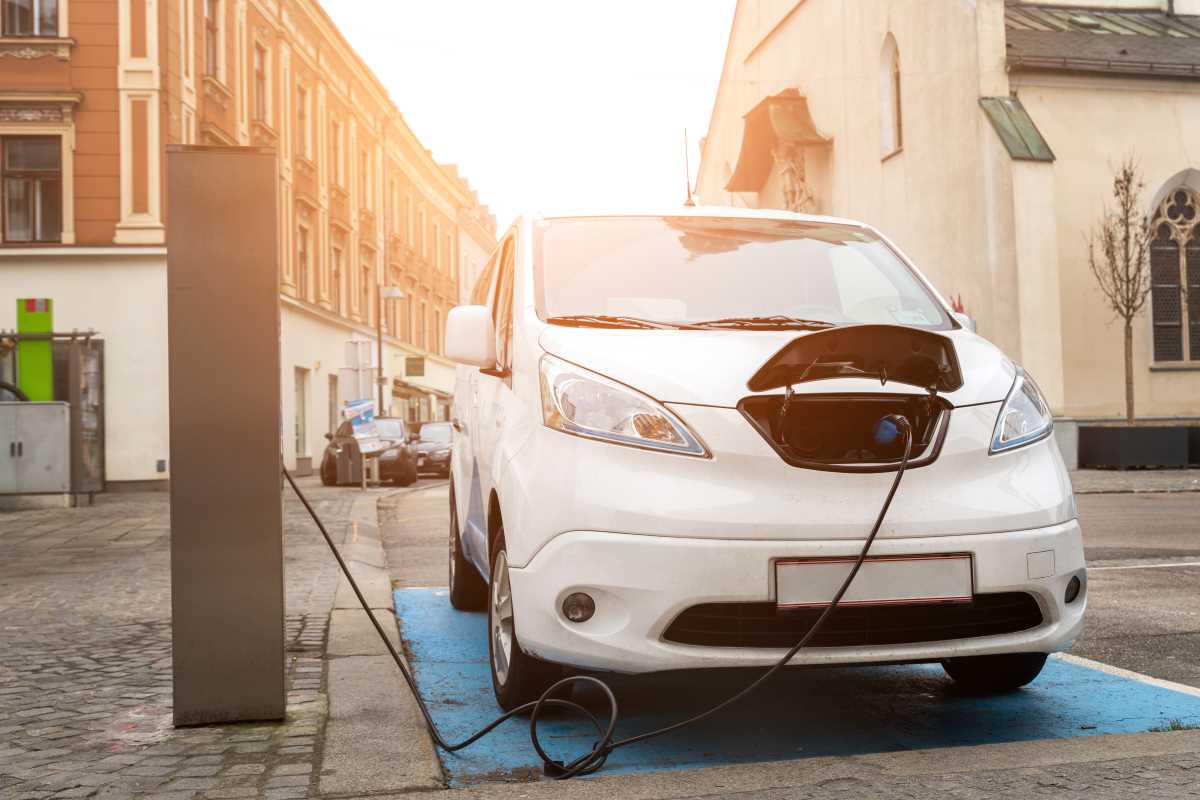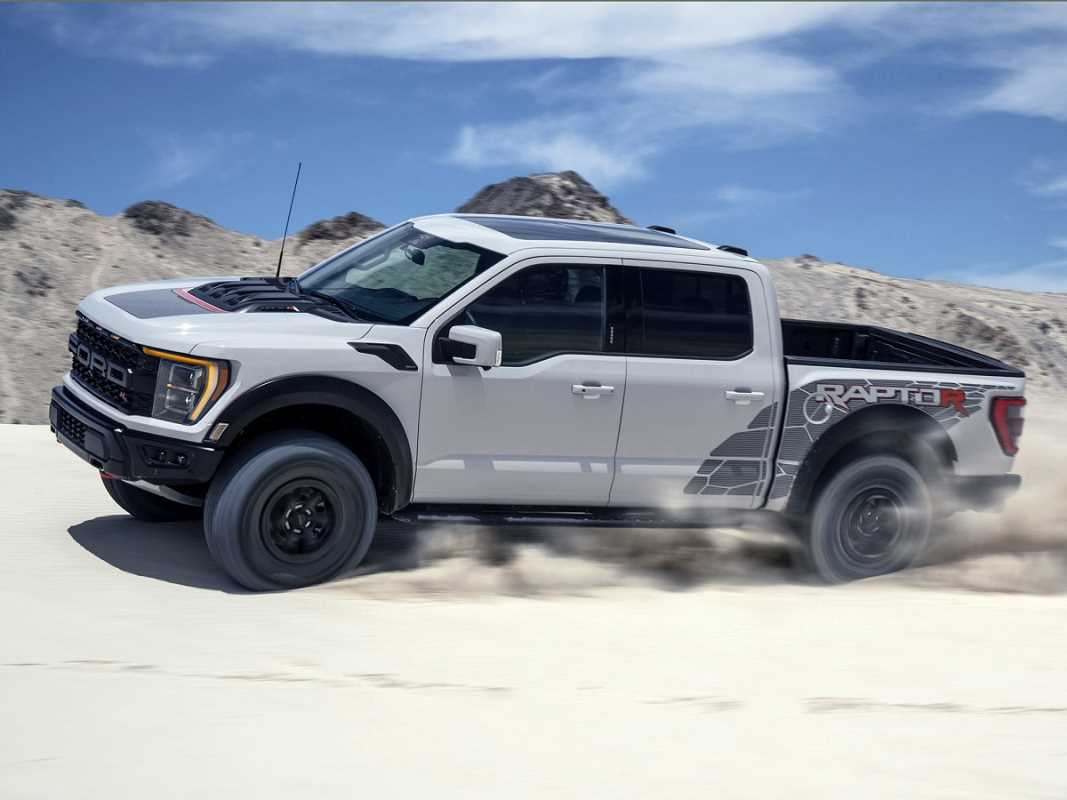Making the choice for a new vehicle is a significant decision, and for many shoppers in 2025, it comes down to two leading categories: compact cars and crossovers. The traditional compact car, whether a sedan or a hatchback, has long been a benchmark for efficiency and value. In recent years, however, the crossover has risen to become the most popular vehicle type, promising a blend of SUV-like utility with car-like comfort. This has created a common dilemma for buyers. Should you stick with the proven, economical formula of a compact car, or does the versatile, high-riding appeal of a crossover better suit modern needs? To help you decide, we'll break down the key differences between these two vehicle types, comparing them in the areas that count most, including price, practicality, fuel economy, and the overall driving experience.
Understanding the Key Differences
Before diving into a direct comparison, it’s useful to clarify what separates a compact car from a crossover. They might share similar underpinnings, but their designs serve different purposes.
A compact car typically comes in two main forms: a sedan, with four doors and a separate trunk, or a hatchback, which replaces the trunk with a large rear door for more versatile loading. These vehicles are built using what is called "unibody" construction, where the frame and body are a single structure. This keeps them lightweight and helps with handling. Well-known models in this class include the Toyota Corolla, Honda Civic, and Hyundai Elantra.
A crossover, often referred to as a compact SUV, is also built on a car's unibody platform. This is what distinguishes it from a larger, truck-based SUV. Crossovers feature a taller body, more ground clearance, and a higher seating position. They are designed to offer the look and feel of an SUV but with better fuel efficiency and more refined road manners. The Honda CR-V, Toyota RAV4, and Ford Escape are popular examples.
Round 1: Purchase Price and Long-Term Costs
When it comes to the upfront cost, compact cars hold a clear advantage. A new compact sedan or hatchback is typically priced several thousand dollars less than a crossover from the same manufacturer. For a buyer focused on getting the most for their money, this initial saving is a significant factor. A base-model Hyundai Elantra, for example, will have a lower sticker price than a base-model Hyundai Kona.
This cost advantage continues over the life of the vehicle. Compact cars are generally lighter and have better aerodynamics, which can lead to lower insurance premiums. Their smaller tires and brakes are also less expensive to replace when the time comes for maintenance. For the budget-conscious buyer, the financial benefits of choosing a compact car are undeniable.
Winner: Compact Car
Round 2: Fuel Economy and Efficiency
In the contest of fuel efficiency, the compact car is again the winner, thanks to basic principles of physics. Being smaller, lighter, and sitting closer to the ground means compact cars require less energy to move and encounter less wind resistance at highway speeds. This translates directly to better miles per gallon (MPG).
Even as crossovers become more efficient, with many excellent hybrid models available, they still can't quite match the numbers put up by their compact car counterparts. A Toyota Corolla Hybrid, for example, achieves higher MPG ratings than the larger RAV4 Hybrid. For drivers who have a long commute or simply want to minimize their fuel expenses, a compact car remains the more economical choice.
Winner: Compact Car
Round 3: Practicality, Cargo, and Passenger Space
This is the category where crossovers truly justify their immense popularity. The core appeal of a crossover lies in its superior utility and space. The taller, more wagon-like shape of a crossover creates a much larger and more flexible cargo area than you'll find in a compact sedan. With the rear seats folded down, a crossover can easily accommodate bulky items like furniture, sports equipment, or a large dog crate—tasks that would be impossible for a traditional car.
Even compared to a very practical hatchback, a crossover offers more vertical cargo room. Its higher ride height also makes loading and unloading heavy objects easier, as it requires less bending over. This elevated height is also a benefit for families, as it can make the process of securing a child in a car seat less of a strain on your back. If your life involves hauling gear, pets, or people on a regular basis, the versatility of a crossover is a powerful argument in its favor.
Winner: Crossover
Round 4: The On-Road Driving Experience
How a vehicle feels from behind the wheel is a matter of personal preference, and compact cars and crossovers offer distinctly different experiences.
Compact cars, with their lower center of gravity, generally provide a more responsive and engaging drive. They tend to feel more agile in corners, with less body lean, making them feel connected to the road. For those who enjoy driving, a car like a Mazda3 or a Honda Civic can be genuinely fun and satisfying to operate, especially on winding roads or in busy city traffic.
Crossovers, on the other hand, offer a higher, more commanding driving position. Many people find that sitting up taller gives them a better view of the road and a greater sense of security in traffic. The ride in most modern crossovers is tuned for comfort, designed to smoothly absorb bumps and provide a relaxed experience. The choice here is subjective: do you prefer the sporty, nimble feel of a car or the tall, commanding presence of a crossover?
Winner: Tie (Depends on your preference)
Round 5: Capability in All Weather Conditions
For drivers who live in areas with snow, ice, or frequent heavy rain, having a vehicle that can handle slippery conditions is important. This is another area where crossovers hold a distinct advantage, mainly through the widespread availability of all-wheel drive (AWD). AWD systems send power to all four wheels, which provides better traction when accelerating on slick surfaces.
Nearly every crossover on the market offers AWD, either as a standard feature or as an easily available upgrade. While a few compact cars, such as the Subaru Impreza and some versions of the Mazda3, offer AWD, it is far less common in the segment. Most compact cars are front-wheel drive (FWD). It is worth noting that a FWD car equipped with a good set of winter tires can be very capable in the snow. However, for the added confidence and capability in poor weather, crossovers offer more choices.
Winner: Crossover
 (Image via
(Image via





